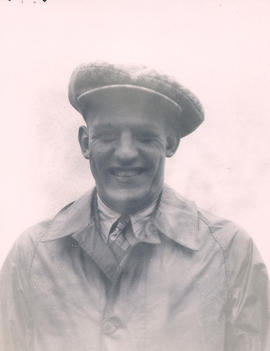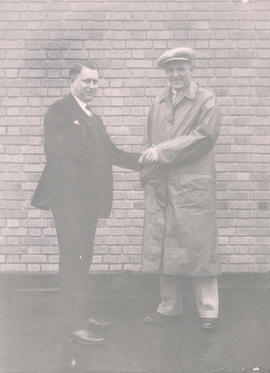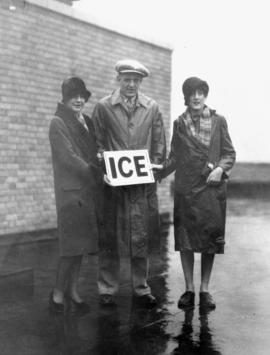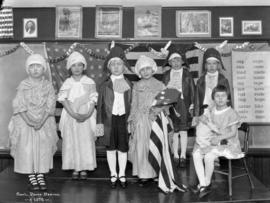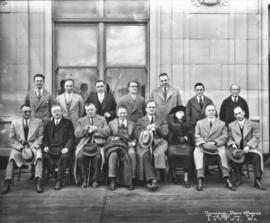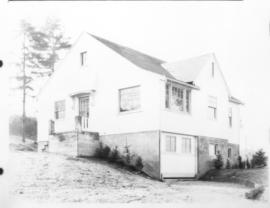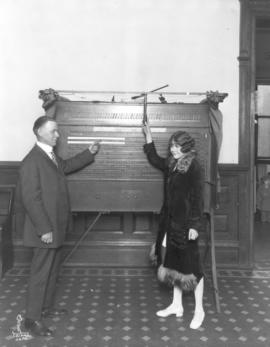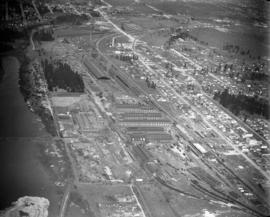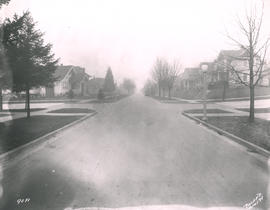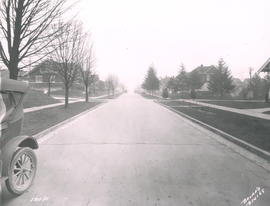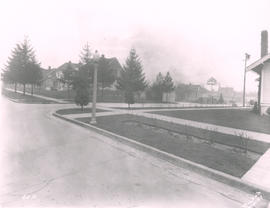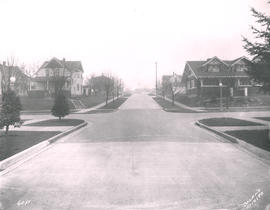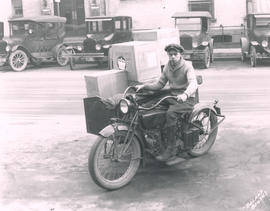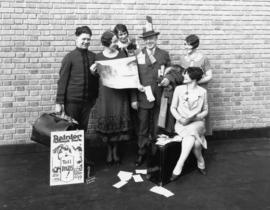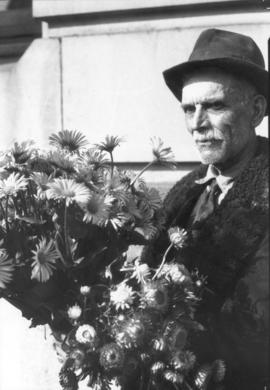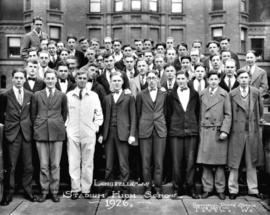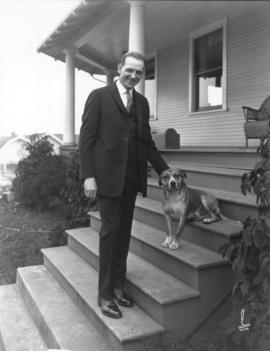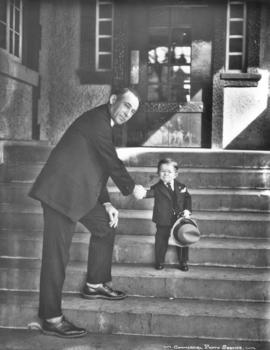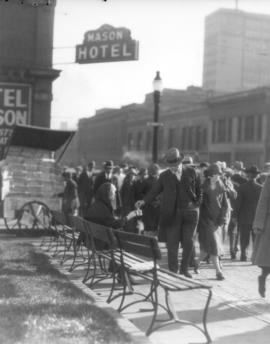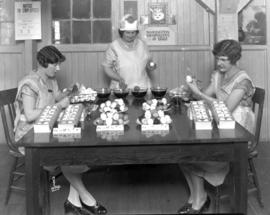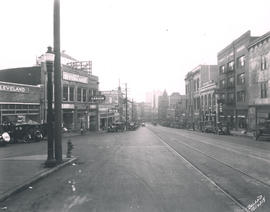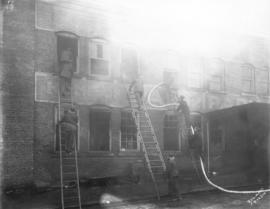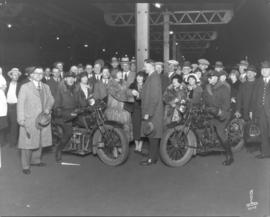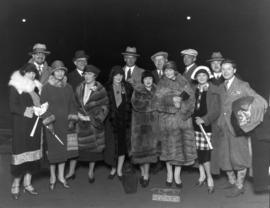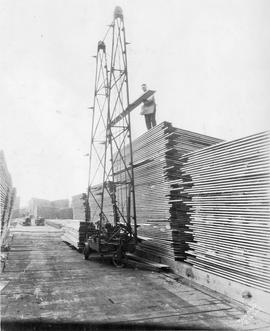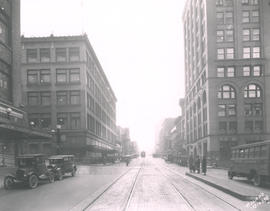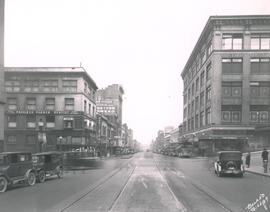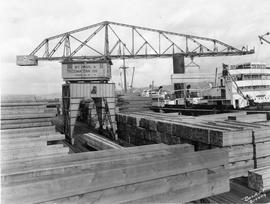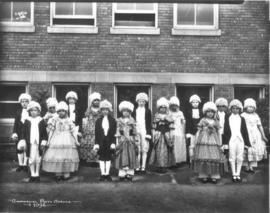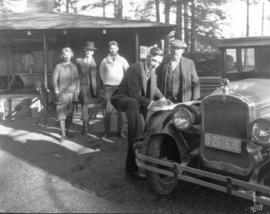The stars of the future Weaver Productions, Inc. motion picture "Totem Pole Beggar" arrived at Tacoma's Union Depot on March 5, 1926. The movie was scheduled to begin filming at the H.C. Weaver studio near Titlow Beach on March 8. H.C. Weaver, studio head, is in the back row, third from the right. In the back row are George F. Whitcomb, Louis von Weithoff, Tom Santschi, Weaver, director W.S. Van Dyke and Peter L. Shamray. In the front row are Mrs. Peter L. Shamray, Mrs. H.C. Weaver, Mrs. Llewellyn Jones, Dorothy Jones, Anne Cornwall, Wanda Hawley, Violet Palmer and actor Gareth Hughes, in knickers and argyle socks. Dorothy Jones and her mother, Mrs. Llewellyn Jones, were prominent Tacomans involved in the theater. Most of the women are wearing full length fur or fur trimmed coats. "Totem Pole Beggar," whose title was later changed to "Eyes of the Totem," was the second film made by the recently opened H.C. Weaver Productions, Inc. motion picture studio. Filmed partially in the Narada Falls area, the drama opened at the Broadway Theatre on June 10, 1927. (TDL 3-6-26, p. , TNT 3-6-26, p. 1)
Weaver, H.C.; Actors--Tacoma--1920-1930; Actresses; Hughes, Gareth; Santschi, Tom; Shamray, Peter L.; George F. Whitcomb; Palmer, Violet; Jones, Dorothy; Van Dyke, W.S.; Hawley, Wanda; Cornwall, Anne; H.C. Weaver Productions, Inc. (Tacoma);
